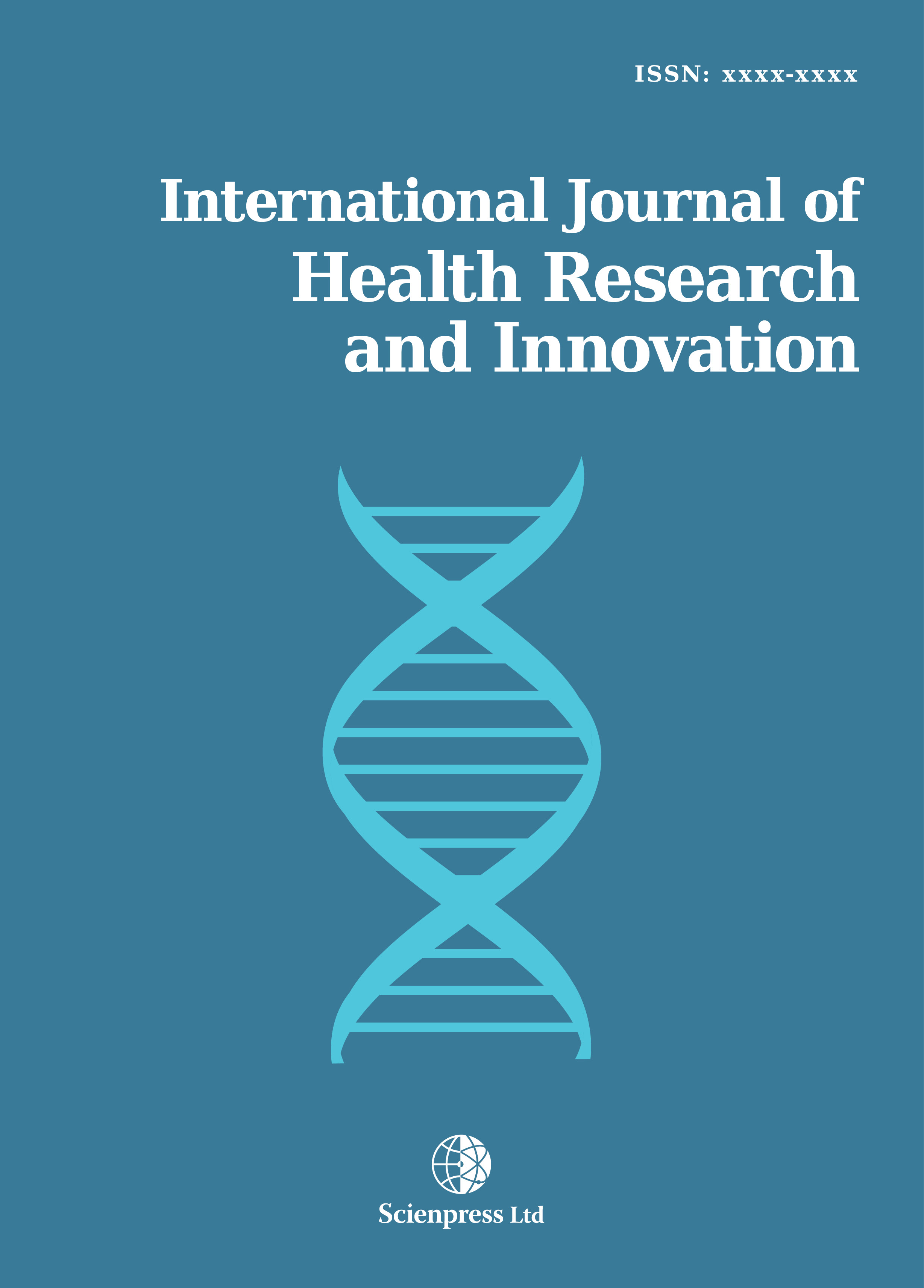Abstract
Objective: this is a comparative experimental study aimed at exploring the efficiency of Hibiscus sabdariffa (roselle) as natural staining dye for the histological demonstration of skin morphology and its connective tissue as compared to the routinely used haematoxylin and eosin.
Methods: 10% neutral buffered formalin fixed, paraffin embedded tissue blocks of skin were retrieved from the tissue block archive of the Pathology Department, Unilorin Teaching Hospital. Two blocks were randomly selected. Twelve serial sections were cut from each and six labeled A & B each for each block. Sections labeled A were stained with 5% concentration of H. sabdariffa solution and B stained with H&E as parallel control.
Result: Photomicrographs from each group demonstrated the histo-morphology and connective tissue component of skin in comparable and almost indistinguishable
manner.
Conclusion: This study established the capability of Hibiscus-iron/eosin to replace H&E in the morphological and connective tissue demonstration of skin. Hibiscus sabdariffa is readily available locally, safe, easily prepared and resists fading.
Keywords: Hibiscus Stain, iron-Roselle, Histological Staining, natural dye, Skin
 [ Download ]
[ Download ]
